The house system at Bridge and Patrixbourne CEP School encourages our children to show team spirit and to promote the school’s values. Our intention is for all of the school’s houses thrive on the ethos of 'playing your part'.
Our school has six houses which have been carefully named after historical figures that have had a significant influence on the village of Bridge and surrounding areas. We have made every effort to represent a variety of backgrounds and subject specialisms which we hope will inspire our children to pursue their interests and to challenge stereotypes.
The houses promote and encourage engagement in various activities that are part of both the core and wider curriculum. These will take the form of competitions, sporting activities and ‘House Days’ where children have a period of the school day with children from all year groups celebrating their house and who it is named after. When the opportunities arise, we invite parents to view the work that will be produced throughout the year.
Our School Houses
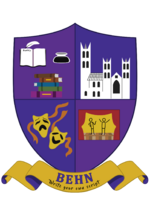
Behn
Purple
Aphra Behn (14 December 1640 – 16 April 1689) was an English playwright, poet, prose writer and translator from the Restoration era who was also born in Canterbury. As one of the first English women to earn her living by her writing, she broke cultural barriers and served as a literary role model for later generations of women authors.
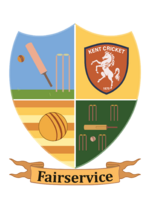
Fairservice
Orange
William Fairservice (16 May 1881 – 26 June 1971) was an English professional cricketer who played first-class cricket for Kent County Cricket Club. During World War I, Fairservice served with the Kent Fortress Royal Engineers and in his later life he taught at King’s School and was a landlord of a local public house in Bridge.
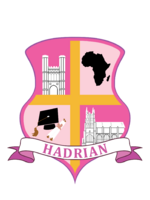
Hadrian
Pink
St Hadrian of Canterbury played a pivotal role in the early history of the English Church. He was born in North Africa and travelled to Italy – most likely as a refugee – before making the journey to Canterbury through Bridge. He was a scholar and abbot of the monastery of St Peter and St Paul (later St Augustine’s) in Canterbury, between 670 and 710. During his time in Canterbury he became an influential teacher and scholar, and helped shape the theology and rites of worship of the English Church.

Lovelace
Red
Lady Ada Lovelace (10 December 1815 – 27 November 1852), was a talented mathematician and was one of the few to recognise the potential of Charles Babbage’s mechanical calculator, a forerunner of the computer. Living at Bourne Park for a significant part of her life, she is widely acknowledged as the first programmer; nicknamed the ‘Enchantress of Numbers’; and has a computer language named after her.
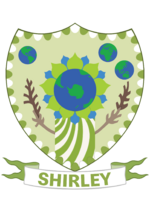
Shirley
Green
Ann Shirley (9 November 1927 – 8 October 2022), a former Bridge resident for many years, was a British historian covering both the Arctic and Antarctic regions. An archivist, museum curator, writer and adventurer, she is known for her vivid accounts describing the history of polar exploration.
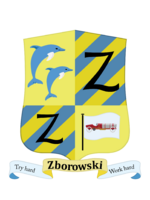
Zborowski
Yellow
Louis Zborowski (20 February 1895 – 19 October 1924) was an English racing driver and automobile engineer, best known for creating a series of aero-engined racing cars. His family owned the Higham Park estate at Bridge, he drove in the 1923 Italian Grand Prix. The children's book by Ian Fleming, Chitty Chitty Bang Bang, and the subsequent musical film, were inspired by the romance of Zborowski's exploits.